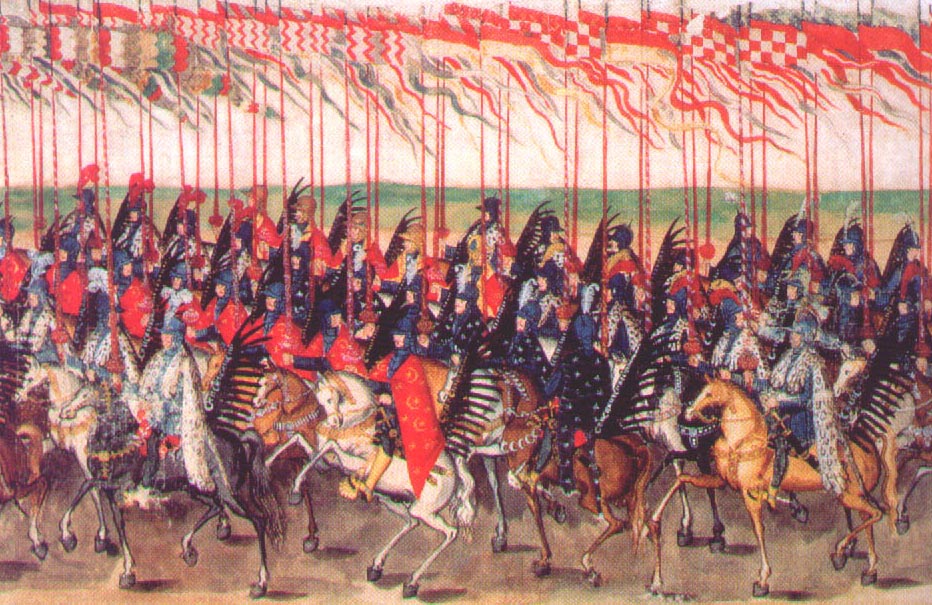
Vol.7 "Dolman"
Share
● Dolman origin
Dolman16Century ~19Century Hungary Cavalry)Hussar/Hussal) military uniform.
Hussal's typical uniform was colorful and imitated by other European troops.
It was composed of a busbe (high cylindrical cloth hat) and a relaxed coat hanging from the left shoulder called Dolman Pelisse, a heavy braided jacket.

The decorated saber and sword were hung on a barrel band wrapped around the waist.
These elaborate clothes have reflected cultural values for romantic military patriotism.
●Hussar(Husserl)
The origin of Hussal is14In the latter half of the century, it was reported to be a group of Selvia warriors who crossed the southern part of Hungary.

Initially, he fought in a small group, but was later reorganized into a large -scale train.
The first Husserl regiment consisted of a Hungarian black army.
1490In the year, Hussal was a standard cavalry of Hungarian, in addition to heavy cavalry, and its role was limited to non -regular battles, raids, securing, and the main player support and reconnaissance.
The Habsburg's emperor hired Hungary's Husser as a mercenary, fighting Ottomantolco and on various battlefields in Western Europe.
In the early stages, he wore armor when he could afford it, but he abandoned his armor later.17In the first half of the century, it became a completely light cavalry.
this"Light equipment"Hussal is later imitated in Europe.

Hussal was perfect for reconnaissance and a source of feed and food supply in front of the army.
In the battle, it was used to the role of light cavalry, such as the control of the artillery base and the tracking of the escape unit.
● To all over Europe
17From the second half of the century18In the century, many Hungarian Husser were hired by other middle and western European countries, and became the core of similar light cavalry formation.
Following their examples, the Hussal Regiment1800At least by the year12Introduced to the European army.
・Bayern:1688The first Husseral regiment in the year,1700Around the age2The regiment was organized.
・ Prussia:1721He followed the Friedrich Great for heavy use of the Hussal unit in the Austrian Succession War.
·Spain:1747The first Hussal is dissolved in the year, then1795In the year, we developed a new Fusal unit.
·Denmark:1762In the year, he introduced cavalry in this class.
·England:19At the beginning of the century, many light dragoon regiments were reorganized into Husser.
·NetherlandsRepublic1745He adopted the Bavarian Regiment (Frangpani Regiment).
·France:1692Since the year, many Husserl regiments have been established, and from Hungary and Germany, it was also recruited from the German -speaking areas in France.

↑ French Hussal

↑ Prussian Hussal

↑ Hungary Hussal

↑ Spanish Hussal
● Hussal of the Independence War and the Napoleon War

↑ "1st Hussar of Napoleon's Army"
Hussal played an important role as a cavalry in the Revolutionary War and the Napoleon War.
It was used for light and reconnaissance as a light cavalry on a fast horse.
In this era, Hussal has created a tradition of "Sabrage" that opens champagne bottles on a saber.
Beards were common in the Napoleon era Hussal, and Hussal, the United Kingdom, was the only union in the British Army.

↑ Hussal, England
French Hussar was also wearing a braid with his hair hanging on both sides of his face, but when short hair became common, this habit was officially banned.
In the Napoleon era, Hussal uniforms had a short jacket called Pelisse, and was often hung on one shoulder like a cape and fixed with a string.
The clothing was widely decorated with braids (in the case of officers, gold and silver in the case of officers).
Underneath it wears dolman and tunic, which was also decorated with blade.
Hussal usually wore a leather reinforced bleach inside the legs to prevent wear for a long time on a saddle.
The buttons are lined up outside the bleach, sometimes a stripe of different colors.
I wore a shako or fur cholpack (bathbee) on my head.
The color of Dolman, Perth, and Brichis vary greatly depending on the regiment within the same army.

* Revolutionary war (1792~1802Year) Napoleon War (1803~1815year)
